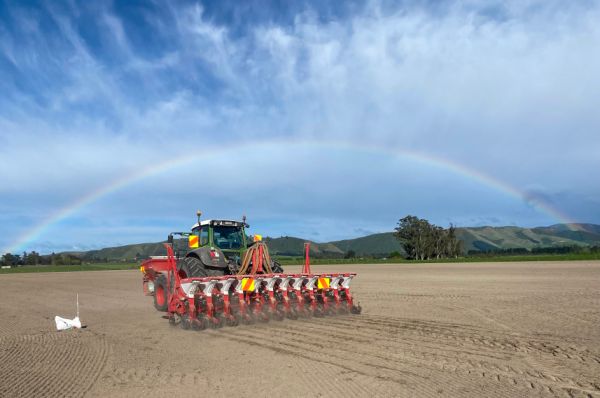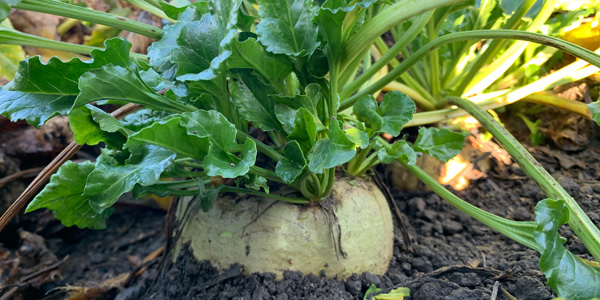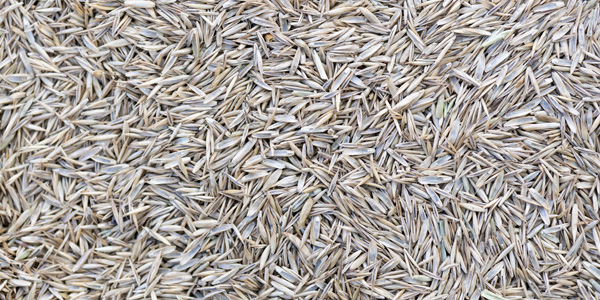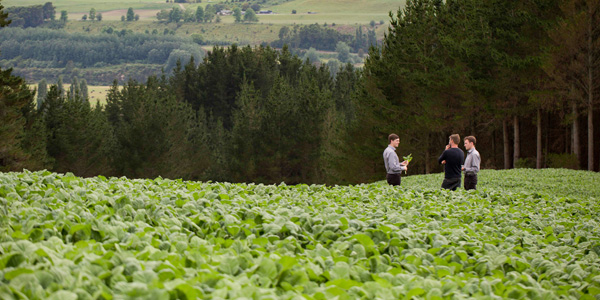
Fodder Beet Establishment
Fodder Beet Establishment
Checklist for establishing fodder beet
Review the actions below to ensure good establishment of beet crops. First understanding your fertility dtatus early on is critical, learn more about soil structure and fertility here.
PRE-DRILLING
It is important to get a soil test at least six months before sowing fodder beet, as it is very sensitive to low pH levels in the soil, with a pH of at least 6 being required and ideally 6.2. Any soil nutrient correction should be made prior to sowing.
Soils should ideally be free-draining and relatively free of weeds and insect pests. The soils should be worked into a fine and firm tilth before sowing to allow for even sowing depth.
A general fertiliser recommendation is: pre-sowing; Cropzeal 16N at 150-200 kg/ha plus NaCl (salt) at 350 kg/ha. Sulphur, boron and magnesium may be beneficial on some soil types.
It is important when choosing the paddock to ensure that there has been no recent history of chemical use as fodder beet is very sensitive to certain chemicals.
A “stale seedbed” technique to remove weed competition is best. This is where a seedbed is prepared at least 4-6 weeks before planting, and germinating weeds are sprayed with a non residual herbicide immediately before planting.
- Soil test. Take corrective action where necessary. A pH of at least 6.0 is required and ideally 6.2
- Use previous soil test to correct general nutrient deficiency
- Make contact with local seed retailer, drill contractors, fertiliser spreaders and spray contractors. Order seed and make all aware of intentions and drilling date
- Spray with glyphosate and any other chemical that may be required (be aware of previous crop chemical residues)
- Work paddock to a fine and firm seedbed and add fertiliser. Key nutrients for beet include potassium (K), nitrogen (N), sodium (Na), boron (B), magnesium (Mg)
- Spray with glyphosate and insecticide
DRILLING
Depending on location, sowing between late September and early November is generally recommended. Earlier sowings risk vernalisation causing bolting, later sowing reduces yield potential, and germination may be hindered in areas prone to dry summers.
A precision drill is recommended for sowing fodder beet. This will place the seed at the correct depth (2 cm) and space plants accurately ensuring the correct sowing rate.
- Use a precision drill with true monogerm seed. Recommended rates are to drill at 80,000-90,000 seeds/ha for grazing and 100,000-120,000 seeds/ha for lifting
POST DRILLING
Due to slow establishment and the time taken to form a leaf canopy, early and timely weed and insect control is essential; please contact your local seed retailer or chemical representative for more details.
- Chemical application of post sow/pre-emerge chemical
- Monitor crop for cotyledon weeds and insects and treat accordingly with advice from your seed representative or retailer
- Apply side dressing of nitrogen, approximately 50 kg N/ha
- Ensure that the weed and insect control programme set up by your local seed representative or retailer is followed through
- When applying herbicides from this date forward be aware of grazing withholding periods as they may limit early grazing options (some herbicide grazing withholding periods can be as long as 100 days)
- Monitor for aphids and thistles. Start roguing any bolting plants
- Consider another application of K and or N at this time. Consider a fungicide application
- Continue to rogue any new bolters, ensure these are completely removed from the paddock
This is a guide only. Significant regional differences will change the applications and timings of fertiliser. Always seek further advice.
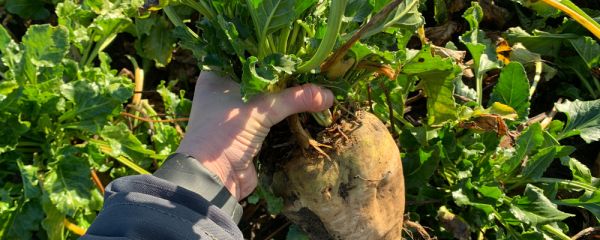
Our Fodder Beet range
VIEW PRODUCTS
